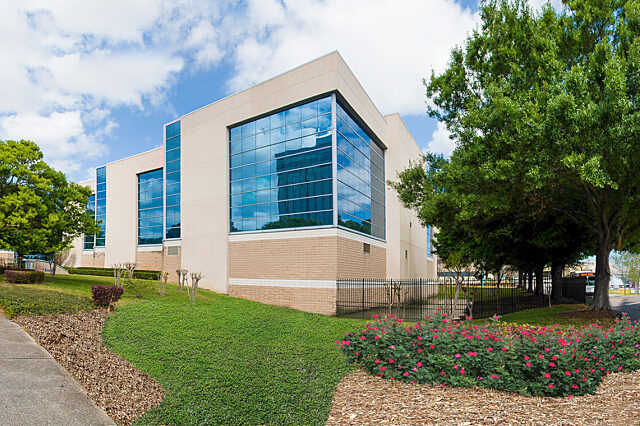Fibroid Awareness: What You Need to Know
It’s important for women to understand how uterine fibroids can affect them. Health education empowers women to act positively on behalf of their health and…

Update your location to show providers, locations, and services closest to you.
By age 50, up to 80% of women have developed uterine fibroids, also called leiomyomas or uterine myomas. While many women don’t experience pain or symptoms from their fibroids, 25% will need treatment to manage pain or heavy bleeding, which often affects their quality of life.
Fibroids are benign tumors of the uterus that can range in size from as small as a seed to large enough to make a woman look pregnant. Fibroids tend to grow in size over time. Some women experience pain from their fibroids while others do not. Not all women with fibroids will have symptoms, and the tumors may be found incidentally while being evaluated for something else.
Typically, fibroids appear in women who are in childbearing ages. There is a higher percentage of African American women who are affected by fibroids. Fibroid development is also related to genetics and family history.
Generally speaking, diet is not a risk factor for fibroid development or growth, and there are no particular foods that have been proven to prevent women from getting fibroids or to keep them from growing. However, significant consumption of beef and other red meats have been associated with uterine fibroids, so paying attention to a healthy diet with fruits and vegetables may be beneficial.
Submucosal fibroids tend to cause increased bleeding, whereas subserosal and intramural fibroids can cause added pelvic pain and pressure.
Treatment usually depends on the size of the fibroids and the symptoms. Also, treatment options may be based on the woman’s reproductive goals and the location of the fibroids.
The procedural options are recommended based on what is found during the physical or ultrasound examination. There are several types of surgical options available to treat uterine fibroids.
Fibroids sometimes will regrow after removal, so it is important to discuss your options with your doctor to find the best treatment for you. If a patient is older and is finished with childbearing, a hysterectomy may be an option, especially if there are multiple fibroids that have grown in size.
Fibroids can’t prevent you from getting pregnant, but the tumors can cause complications. Submucosal fibroids are the ones that can cause the most issues, sometimes associated with miscarriages.
Often our surgeons will try to either remove those type of fibroids. Fibroids can also cause preterm labor. If the fibroid is really large, our experts will suggest removing it before a woman is pregnant, as it may lead to increased pressure and pain with both the fibroid and baby growing. Depending on the size of the fibroid, it could also cause the baby to be positioned abnormally.
Most women discover fibroids before they are pregnant, but sometimes women may learn about a tumor during pregnancy through ultrasound. In those cases, our physicians will monitor the tumor in order to ensure a safe pregnancy and delivery.
It’s important for women to understand how uterine fibroids can affect them. Health education empowers women to act positively on behalf of their health and…

August 15, 2014
Andrew Kaunitz, MD, is widely respected in the arena of women’s health. His extensive research in obstetrics and gynecology has been sought out and referenced…
Department of Obstetrics and Gynecology, +2 more
